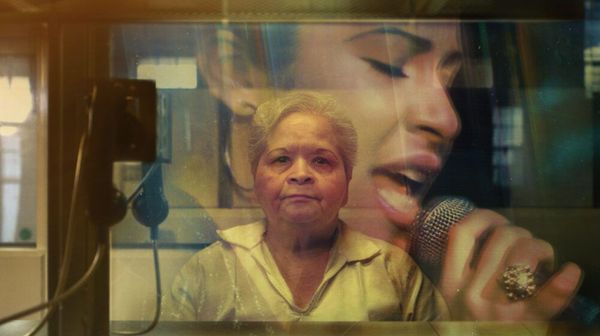
Opioids are some of the most widely used and misused drugs in the world.
Opioids are central nervous system depressants, meaning they slow down brain activity and relax the muscles. They include the natural products of the opium poppy as well as synthetic (human-made) compounds derived from it.
Commonly used opioids include heroin, morphine, opium, codeine, methadone, buprenorphine, oxycodone, fentanyl and the nitazenes. They might be prescribed by a doctor for very strong pain relief or taken non-medically to induce feelings of euphoria.
The major risk associated with opioids is overdose. Opioids are present in around 60% of drug-induced deaths in Australia.
A medicine called naloxone is available for Australians to take home in case of opioid overdose. Here’s how it works, when you should have it on hand and when you should use it.
What happens during opioid overdose?
All opioids depress respiration (slow or stop breathing) and overdose deaths are often the result of respiratory failure. Heart attack may also occur as following lack of oxygen.
How do you know a person has overdosed? There are three main signs of opioid overdose, the so-called “diagnostic triad”. These include:
- a slow breathing rate (possibly down to four breathes a minute)
- constricted or “pinpoint” pupils
- being unconscious and unable to be woken up.
These and other signs, such as confusion or cold and clammy skin, can also mean potent nitazenes have been added to drugs sold as cocaine, ketamine, methamphetamine or MDMA (ecstasy) without someone’s knowledge. Synthetic nitrazenes can be up to 50 times more potent than fentanyl.
Instant death following opioid overdose is unusual and there is usually time to intervene – but a quick response is very important.
Read more: Opioids more potent than fentanyl have been detected in Australia. So what are nitazenes?
An effective antidote
Fortunately, there is a highly effective antidote to opioid overdose.
Naloxone, known by brand names Nyxoid or Narcan, rapidly reverses the depression of the central nervous and respiratory systems caused by opioids.
It does so by attaching to the opioid receptors in the brain, and reversing or blocking the effects of the drug. It has traditionally been used in the form of pre-packaged syringes for injection into muscle but is now also available as a nasal spray, making it far more accessible and easier for bystanders to administer.
Australia’s take-home naloxone program began in 2022 and over 450,000 doses have reportedly been dispensed since.
In overdose cases, an intramuscular injection or nasal spray of naloxone can be given, with repeat doses if the person does not respond or slips back into overdose.
Both are effective but the nasal spray has advantages in the community because of its ease of use and because it doesn’t carry any risk of needle-stick injury. The nasal spray is intended for use by bystanders or first responders to give to a person who has overdosed. There is no need to sniff or inhale to get the full benefit.

The Australian Drug Foundation says people who are dependent on opioids may have a strong urge to take more drugs after being revived with naloxone. They warn:
Naloxone only stays in the body for a short period of time (30–90 minutes) whereas heroin and other opioid drugs stay in the body for much longer. The effects of sustained-release opioids like OxyContin® and MS Contin® can last for over 12 hours, so naloxone will wear off long before the opioid has left the system. This means that taking more opioids after taking naloxone could cause a second overdose.
There are no dangers or side effects from using naloxone. Its sole purpose and effect is to reverse an overdose. However, naloxone can trigger sudden opioid withdrawal symptoms such as nausea, vomiting for racing heart. Naloxone works for all opioids, including the stronger ones such as fentanyl. Extra naloxone doses may be needed in cases involving the more potent forms of opioids.

Should you have it on hand?
Everyone who uses opioids should have naloxone in their home. This includes people who use drugs such as heroin, as well as people prescribed opioids for pain.
Obviously, the person will not be capable of administering it to themselves. So those around them need to know where the naloxone is, and how and when to administer it. If an overdose is suspected, an ambulance should always be called even when naloxone is given, so the person is properly assessed and treated.
Opioids are dangerous substances, but overdoses can be reversed if prompt action is taken. Having naloxone around people who use opioids in whatever form can and does save lives. All people using such drugs should have naloxone available and ready to use.
Shane Darke does not work for, consult, own shares in or receive funding from any company or organisation that would benefit from this article, and has disclosed no relevant affiliations beyond their academic appointment.
This article was originally published on The Conversation. Read the original article.







